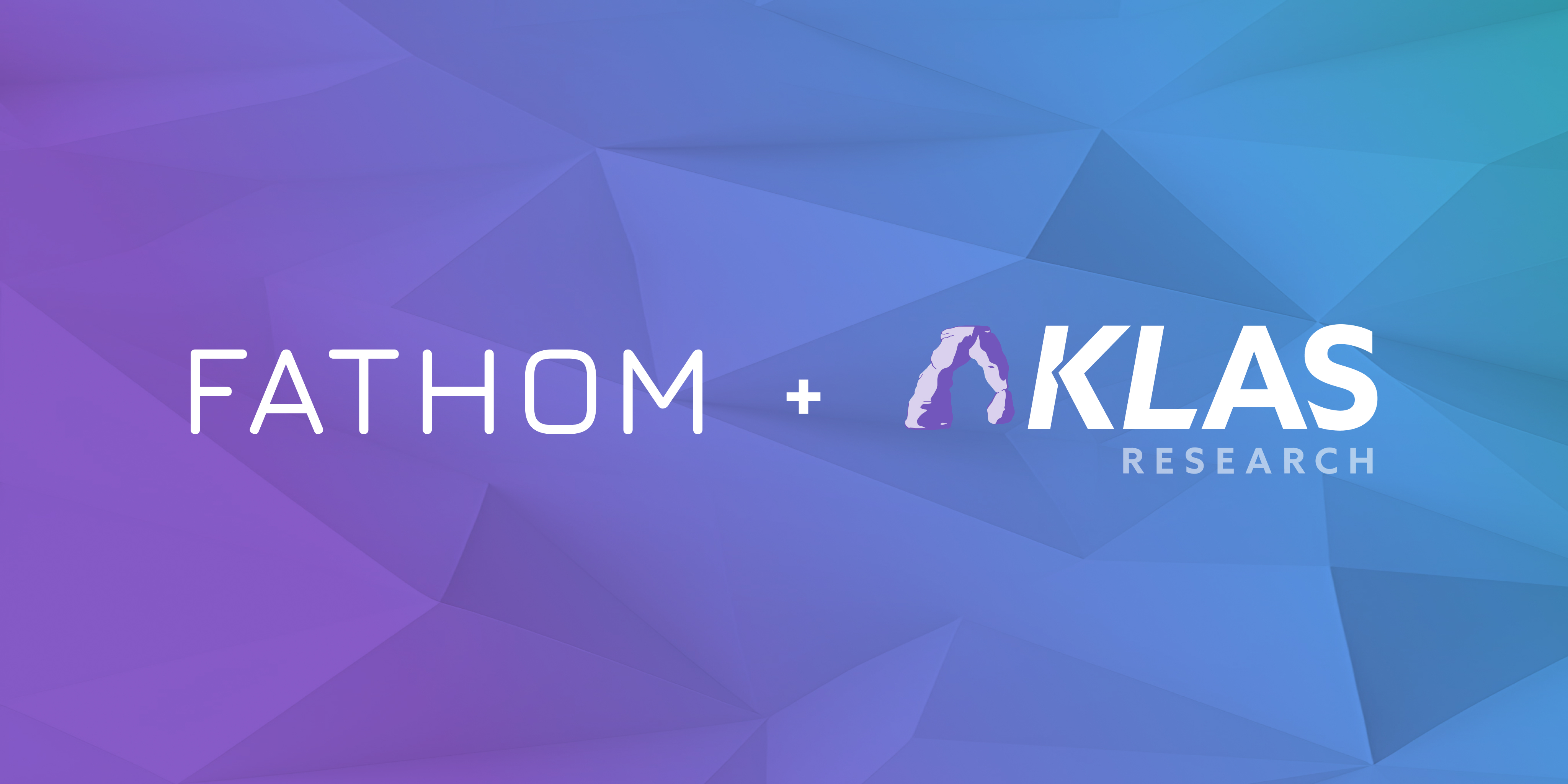Six ways AI can maximize your revenue cycle

With the advent of artificial intelligence technology and its application in solving some of the most complex challenges of companies and industries around the world, it was only a matter of time before this state-of-the-art tech was applied to the healthcare revenue cycle as well.
The writing is certainly on the wall. According to Accenture, 68% of healthcare executives predict that every employee in their organization will have access to a team of AI-enabled bots designed to help them get their day-to-day work done more quickly and efficiently. When do those execs believe this futuristic scenario will come true? As early as 2022, respondents said.
That may sound somewhat fantastical, but the potential for AI to make big waves in the healthcare industry is already well-established. In 2019, the Brookings Institute found that 40% of healthcare support tasks are ripe for automation, as well as a full third of "tasks performed by healthcare practitioners and technical occupations." In the past year alone, numerous startups have sprung up to try to automate a medley of tasks throughout the industry, with mixed success.
If we're going to be successful in bringing automation to the healthcare industry, with its many unique challenges, restrictions, and regulations, we'll need to leverage tools and technologies that can learn and adapt over time. To do that, we'll need AI.
What is AI, anyway?
Though AI has very specific, technical definitions within the field of software engineering, in the popular sphere it's largely become a buzzword. This presents a challenge when it comes to communicating the massive potential for AI to transform the healthcare industry from the ground up. A recent report by the Healthcare Financial Management Association (HFMA) helps to drive this point home. “Even with a projected annual savings of $15 billion for the U.S. healthcare economy by 2026,” they wrote, “AI remains a misunderstood technology.” Given that, it's probably best to sum up at least the basics of how artificial intelligence works.
In essence, AI can be thought of as any technology that replicates human decisionmaking, is capable of "learning" over time, and can be used to execute tasks that previously needed to be done by a human. AI is able to learn and adapt from the information it receives, synthesizing data and making decisions in ways that can replicate or even surpass a human's ability to do so. It's capable of doing so not only in areas that require simple, highly repetitive tasks, but also in areas that require some semblance of human intuition, decisionmaking and judgment -- and it doesn't experience fatigue or start to make sloppy errors.
6 ways to apply AI to revenue cycle management
There are numerous areas of healthcare that are ripe for automation using some of these technologies that are often referred to as AI. I’ve gathered together a handful of them here to give you an idea of the scale of progress that is possible.
1. Appointment scheduling
How it works: Rather than calling to make appointments, AI appointment scheduling can provide online booking and identify best available times, eliminating the need for human employees to spend time on this mundane task.
Companies: Lightning Bolt Solutions, SmartAction AI and Customer Service Solutions
2. Insurance verification / prior authorizations
How it works: Without AI, you have to call the insurance company directly, or else connect with them on the web. With AI, this process can be automated, instant and accurate — saving untold hours’ in employee labor alone.
Companies: Athena One, Infinx
3. Transcription
How it works: AI transcription can help reduce the burden on burnt-out physicians by simplifying dictation and reducing the effort needed to document patient interactions. In this way, AI can serve as an assistant to physicians and help relieve them of administrative tasks so that they can better focus on their patients.
Companies: AWS Medical Transcribe, Suki, Robin, Nuance
4. Billing and claims management
How it works: AI can edit and adjust claims to produce a clean claim, reducing delays and denials.
Companies: Olive.ai
5. Patient payment and collections
How it works: AI can generate accurate and timely bills for patients, reducing costs and increasing receivables.
6. Medical coding
How it works: AI-enabled systems can improve the efficiency and effectiveness of ever-scarcer coding resources by automatically coding a majority of routine charts and sending them directly to billing, without any need for human interaction or oversight.
Companies: Fathom
Lifting all boats
The trajectory of this move to automate healthcare using AI is clear. As these initiatives start to take hold, the industry as a whole will become more accurate, more efficient and less costly — both for hospital and patient alike. The ability for AI-augmented solutions to acquire data in real-time from multiple hospital information flows — including but not limited to electronic health records, emergency department admissions, equipment utilization, staffing levels, and more — and to interpret and analyze that data in meaningful ways will enable a wide range of efficiency and care enhancing capabilities.
From there, the possibilities are, as many have observed, endless.

Related Posts
Stay up to date
Get the latest in industry news and insights delivered straight to your inbox.







